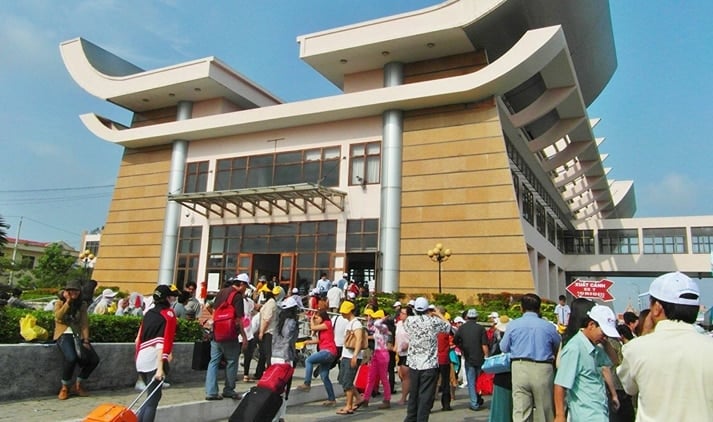
Moc Bai international border gate on the Vietnam-Cambodia border ( Tay Ninh ). (Source: CPV)
Border crossing control at the secondary border gate will be the responsibility of the border guard station there. People, cadres, soldiers, and goods of the two countries crossing the border must follow the regulations as cadres, civil servants, and workers of all sectors, including the army of each Party, traveling in groups or individually, crossing the border for work, friendly visits, study, medical treatment or other reasons, including nationals of the two Parties who are allowed to travel, must have a passport or a document equivalent to a passport issued by their Ministry of Foreign Affairs. Cadres, civil servants, and workers of sectors and provinces that are not border provinces of each country, traveling in groups or individually, crossing the border to perform tasks assigned by sectors and levels or agreed upon by the two Parties, must have a travel document issued by a competent authority under the Ministry of the Interior or the Ministry of Foreign Affairs of each country. Military units or individual soldiers of each Party crossing the border to perform tasks agreed upon by the two Ministries of Defense must have a border crossing introduction letter from the competent military agencies designated by the two Ministries of Defense. Officials, civil servants and workers of a border province of one country traveling collectively or individually to the border province of the other Party to perform tasks or for friendly visits must have a border pass issued by the provincial authorities of each country. The above border pass is only valid for the border province of destination.
There are still many ethnic groups living in the border area. (Source: mattran)
Citizens of each country crossing the border for private purposes such as visiting relatives, exhuming graves, etc. must have documents of equivalent value to a passport issued by a competent authority under the Ministry of Interior or the Ministry of Foreign Affairs of each country. Goods of all kinds brought across the border, except for military goods, must have a certificate from the agency that owns the goods and comply with the customs, quarantine and other relevant laws of each Party. Border passes are written in both Vietnamese and Khmer. When one Party changes its signature and seal, it must notify the other Party of the new signature and seal thirty days in advance to notify the border control stations, border guards and commune authorities in the border area. People, luggage, goods and means of transport of the two Parties crossing the border of the two countries must have all the documents specified in Article 13 of this Agreement, must go through the correct border gate stated on the documents, must present the documents to the registered border control station and be subject to necessary controls. In case people, luggage, goods and means of transport do not have or do not have enough necessary documents, they are not allowed to cross the border. People in border areas far from the main border gate can cross the border through secondary border gates. When crossing the border, they must present documents to the border guard station in charge of control there. In places where there are no stations or control stations, the person concerned must present border identification papers to the local authorities at the commune level where they are going. If the time of stay in the border area of the other side exceeds three days, the person concerned must present an additional permit. People who are not of Vietnamese nationality or Cambodian nationality and want to cross the border between the two countries can only go through the border gate on Road 22.A. towards Vietnam or Road 1 towards Cambodia, the Mekong River (Tien River) road towards Vietnam or the Mekong River road towards Cambodia and are subject to control by the control stations at those places. When one side discovers the activities of commandos, spies, remnants of the old regime and other bad elements, it is necessary to promptly notify the other side and coordinate to respond if necessary. In case a citizen of one country violates the laws of the other side such as robbery, assault, smuggling, etc., the local authorities must promptly arrest, make a record and then hand over the person and evidence to the authorities of that citizen's side for handling.Kim Oanh


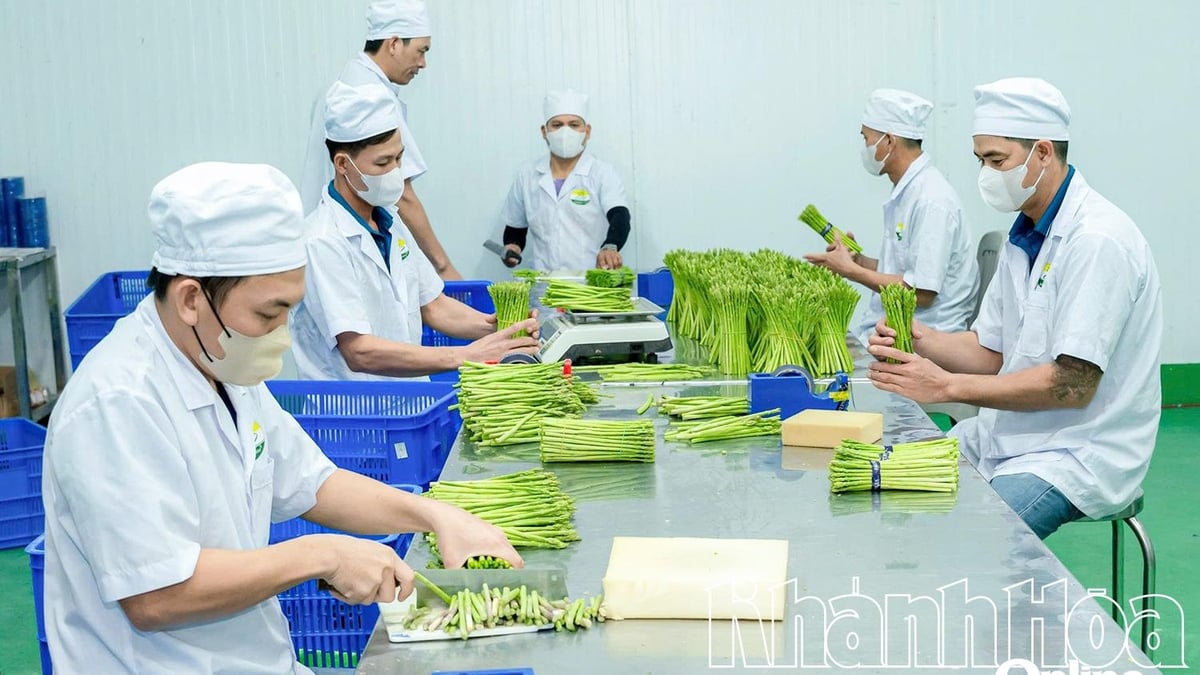
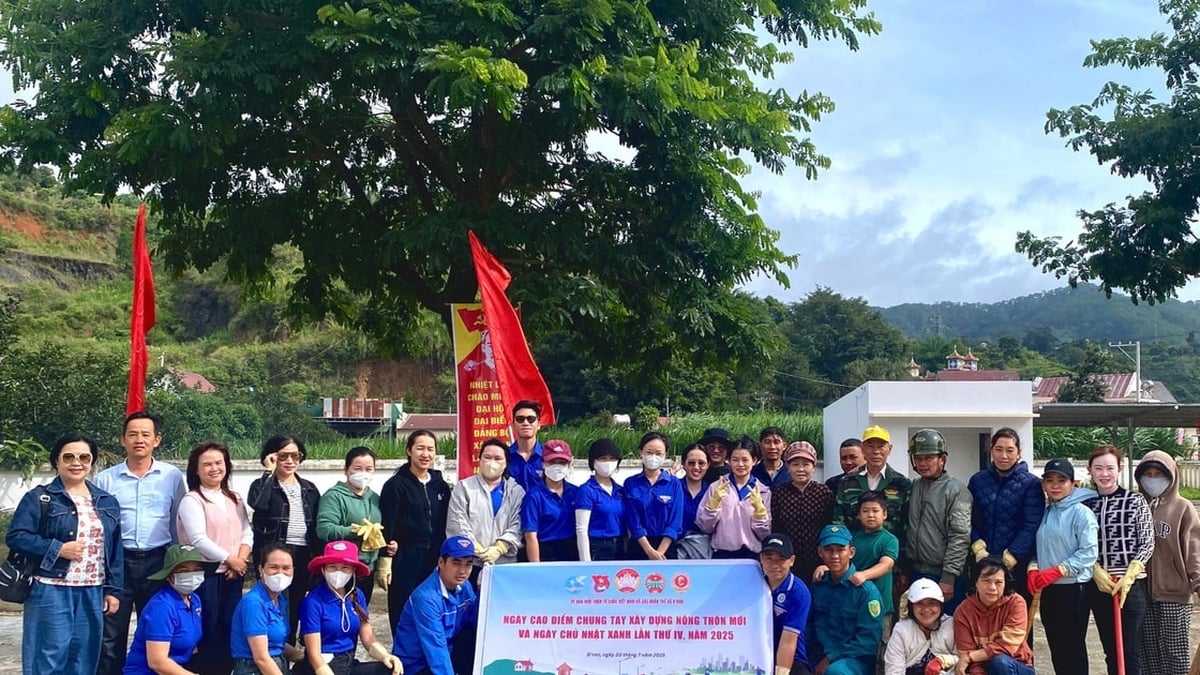
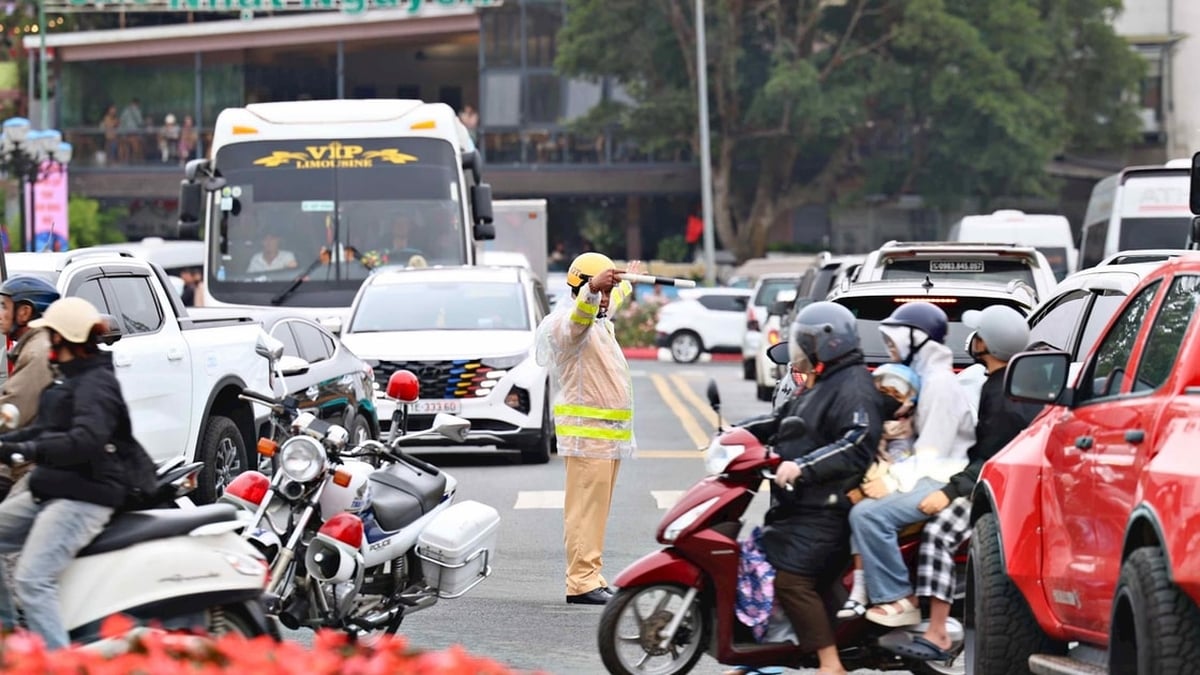
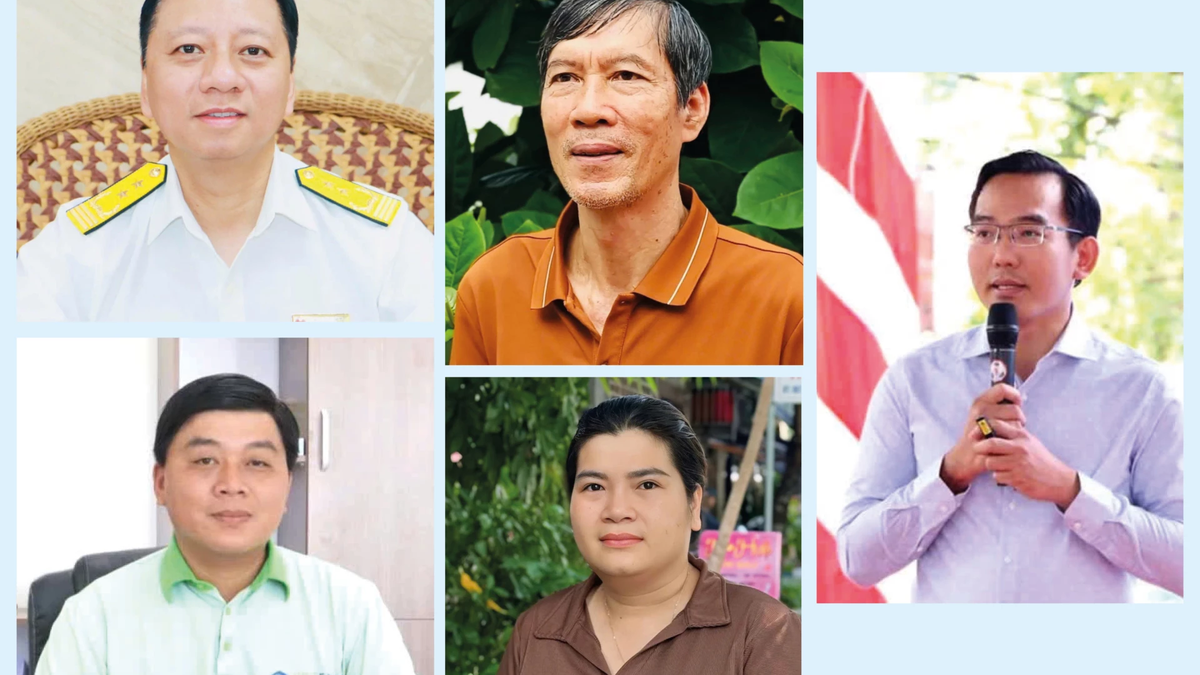
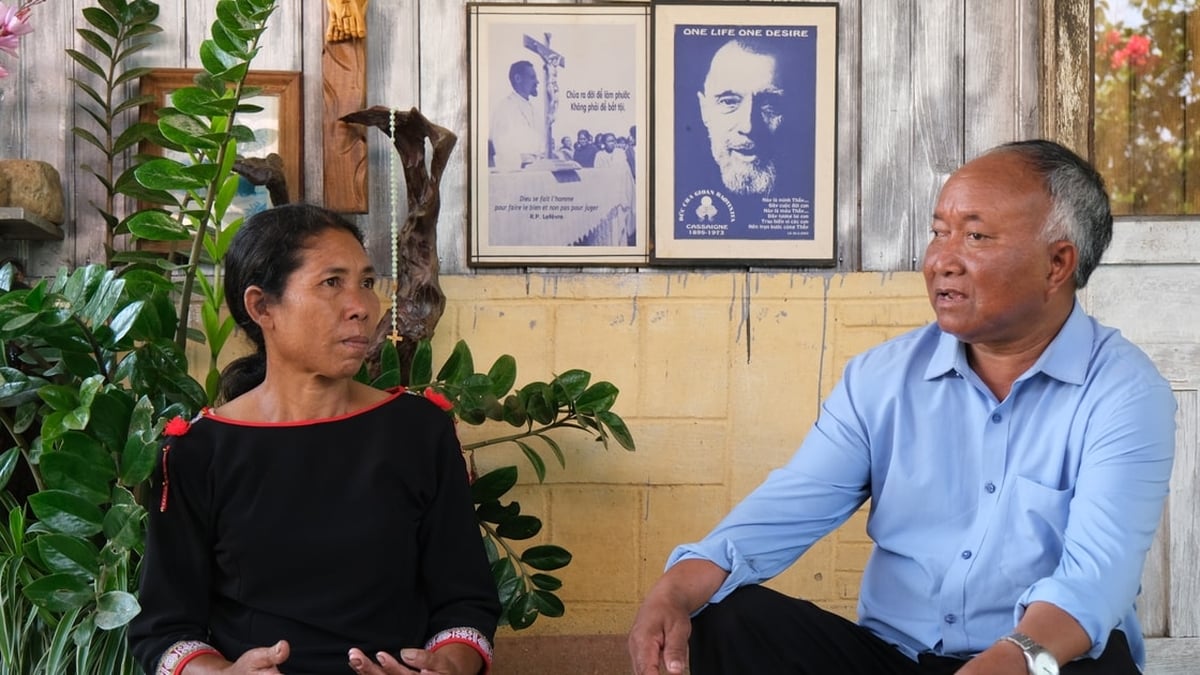
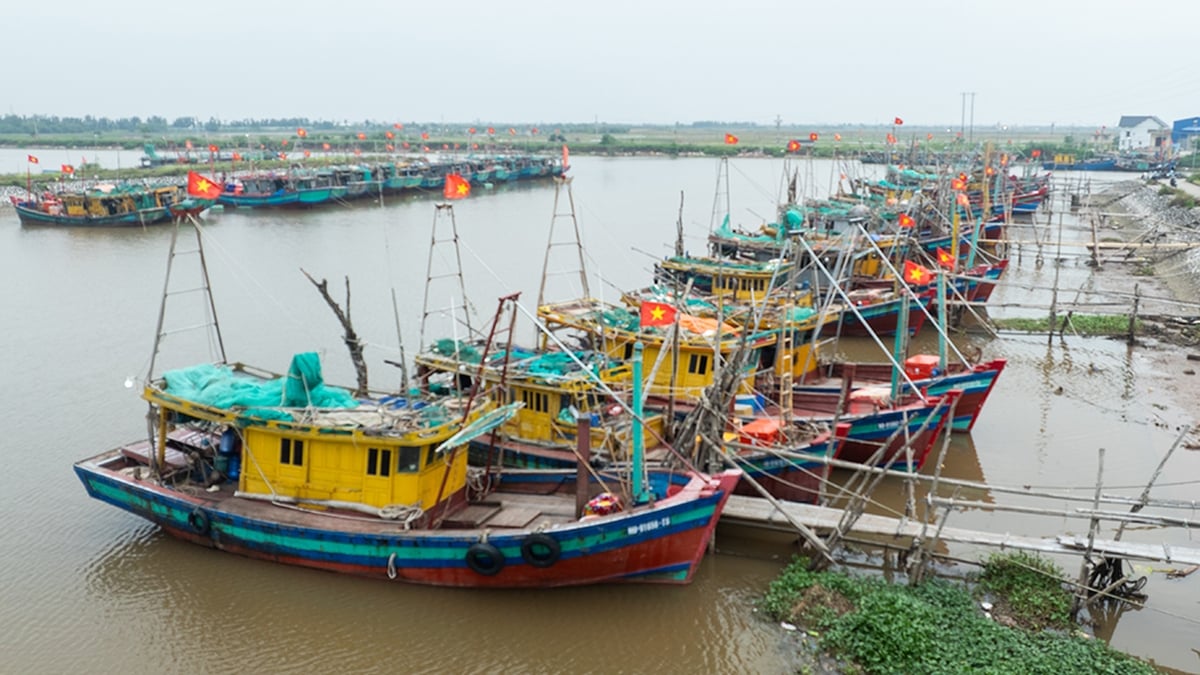


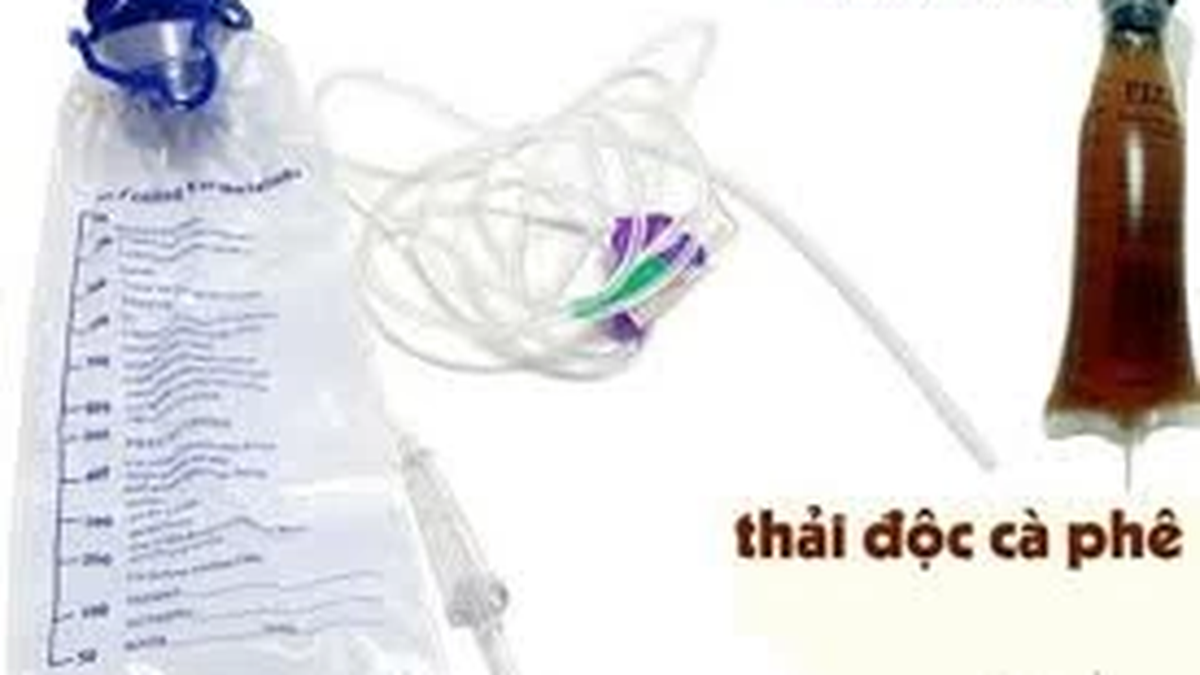

















![[Photo] National Assembly Chairman Tran Thanh Man visits Vietnamese Heroic Mother Ta Thi Tran](https://vphoto.vietnam.vn/thumb/1200x675/vietnam/resource/IMAGE/2025/7/20/765c0bd057dd44ad83ab89fe0255b783)



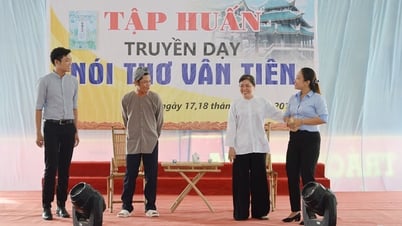



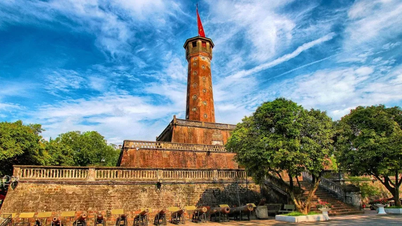























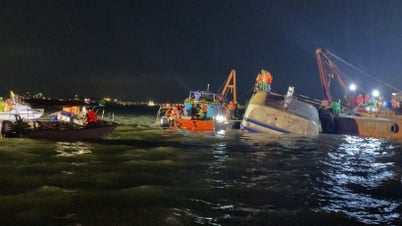

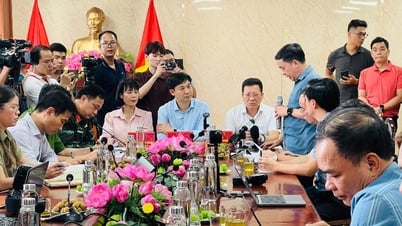
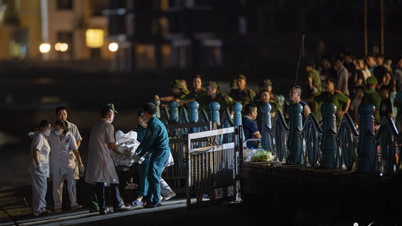

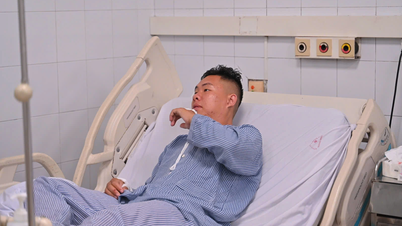





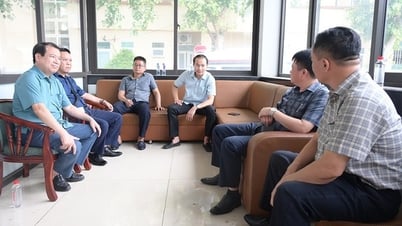


























Comment (0)